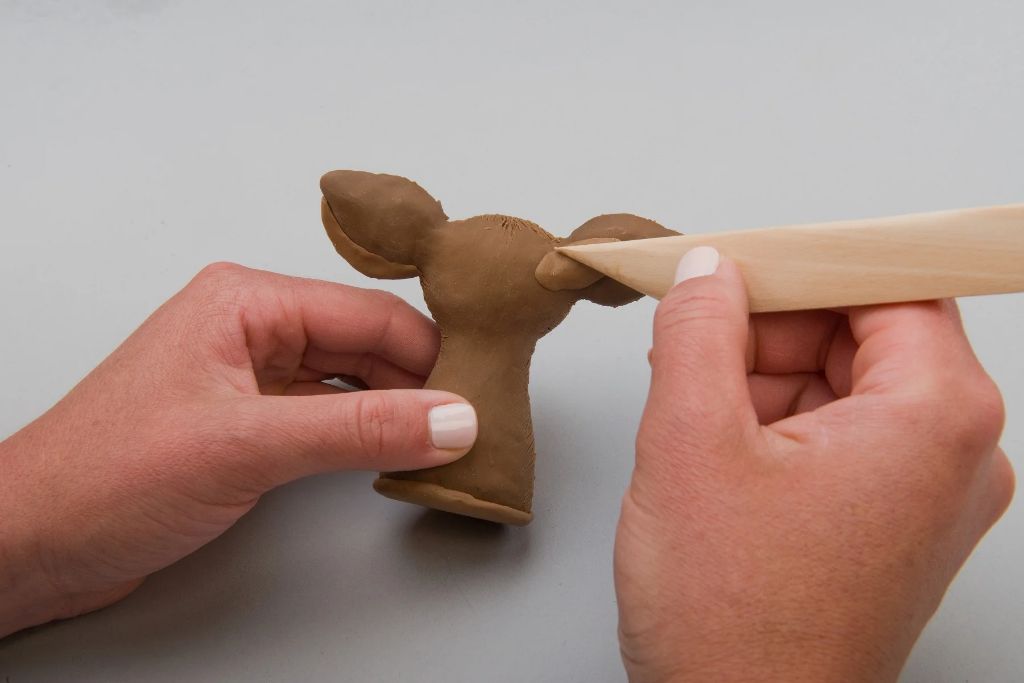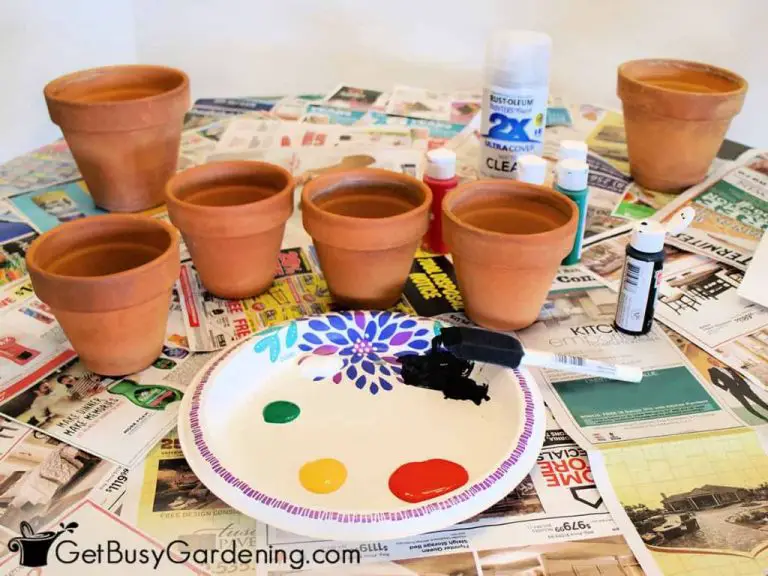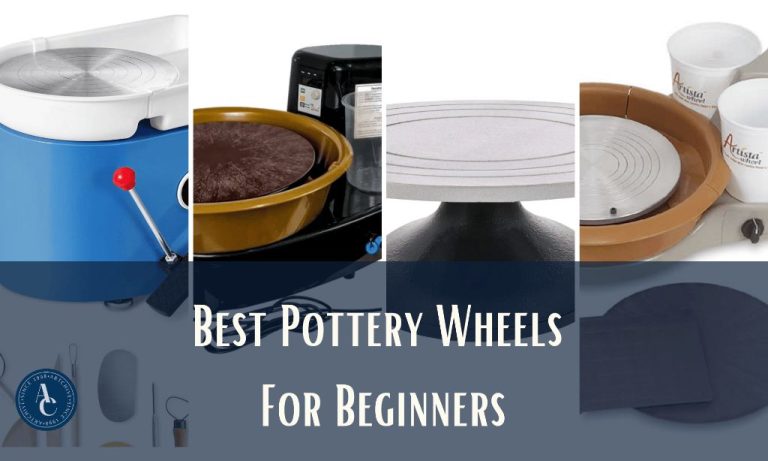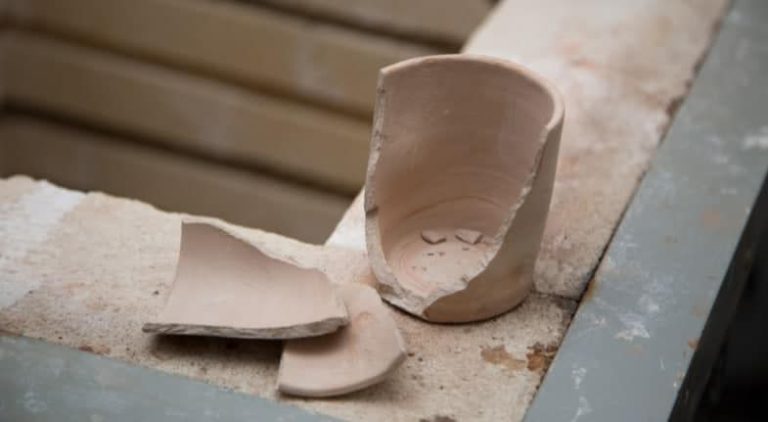What Are The Tools Used For Clay Modelling?
Clay modeling has a long history, with evidence of clay figurines made by prehistoric humans dating back over 20,000 years. The process involves shaping a ball of clay or moist earth into a desired form by hand. Clay is an ideal medium for modeling because it is soft, pliable, and easy to work with. As the clay dries, it hardens and retains its shape. There are several types of clay used for modeling, including polymer clay, oil-based clay, and natural clays like terra cotta.
The basic process of clay modeling involves preparing the clay, shaping it into the desired form, detailing the model with tools, drying it, and then optionally glazing and firing it. Clay can be shaped by hand or using simple tools like loop tools, ribs, cutters, and sculpting sticks. Modelers can create realistic figures, stylized characters, decorative objects, or abstract art using this versatile medium.
Today, clay modeling remains a popular technique for artists, hobbyists, and professionals like concept designers and special effects studios. It allows for very detailed and intricate forms to be made with simple tools and materials. The tangible nature of clay makes it ideal for visualizing and prototyping 3D forms and figures. With a long history and continuing relevance, clay modeling is still a vital artistic process in the digital age.
Hand Tools
Hand tools are essential for sculpting, shaping, and detailing clay sculptures. The most common hand tools used are:
Metal sculpting tools: These include loop tools, ribs, kidney tools, and metal scrapers. Loop tools have a variety of curved ends that can smooth and refine clay. Ribs are thin, flexible metal strips that compress and refine clay. Kidney tools have a shaped end used for scraping and blending clay. Metal scrapers have a variety of straight edges to cut and shape clay.
Wooden sculpting tools: These include wooden ribs, loop tools, modelling sticks, and clay shapers. Wooden tools are good for beginners as they are less likely to cut into the clay. Wooden ribs refine surfaces. Wooden loops tools smooth clay. Modelling sticks are rounded, blunt sticks for blending. Clay shapers have silicone tips for smoothing.
Clay sculpting knives: These specialized knives have thin, tapered metal blades. They precisely trim, cut, and slice clay. Needle tools have very fine, pointed tips to cut fine details and textures into clay. Clay cutting wires are metal wires used to slice through and separate clay.
Cutting Tools
Cutting tools are essential for trimming, shaping, and refining clay models. Two of the most common cutting tools used are clay wire cutters and clay strip cutters.
Clay wire cutters (Amazon) consist of a tight wire mounted in a handle. The taut wire allows for precision cutting and is commonly used to slice chunks of clay off a larger block. The thinness of the wire provides control for detailed cuts.

Clay strip cutters (Cool Tools) are similar but have a flat blade rather than a wire. They are used to cut strips or slabs of uniform thickness from a clay block. The strips can then be used individually or stacked together. Strip cutters with adjustable blades allow selecting the desired thickness.
Both wire and strip cutters come in a variety of sizes and can have straight or angled blades. Care should be taken to keep the cutting edges sharp for clean cuts and maximum control.
Shaping Tools
Shaping tools are essential for manipulating and forming clay into the desired shapes and forms. Some key shaping tools include:
Potter’s wheels allow you to center and shape clay symmetrically by spinning it as you work. Spinning wheels provide rotational force to shape clay into round forms like bowls, vases and cylinders. Turntables can also be used by hand to smoothly rotate clay as you shape it.
Rolling pins compress and flatten clay into thin sheets or slabs with uniform thickness. They come in various widths and materials like wood, acrylic or metal. Rolled slabs can be draped over molds or shaped into curves.
Clay extruders push clay through dies to create long continuous lengths of a desired profile like tubes or logs. Extruded clay can be stretched, bent, cut and joined.
Texturing Tools
Texturing tools add interest and realism to clay models. Some common texturing tools include:
- Clay impression mats – These rubber mats have textures like wood, stone, mesh, etc. pressed into them. Rolling clay over the mats transfers the texture to the surface.
- Modeling tools with textured tips – Clay sculpting tools like ribs, loop tools, etc. can have textured metal or rubber tips. Dragging these across clay creates textures like scales, stone, etc. Etsy has many custom textured sculpting tools.
Other texturing tools are sponges, brushes, wood and metal objects, and specialty items like the Texture Sphere which is rolled over clay to make crater-like textures.
Measuring Tools
Measuring tools are an essential part of any clay modeling toolkit. They allow the artist to achieve accuracy, consistency, and precision in their work. Some key measuring tools for clay modeling include:
Calipers
Calipers are used to precisely measure thickness and diameter of clay pieces. They resemble a pair of tongs with pointed ends and can be adjusted via a screw to set very specific sizes. Having a good set of calipers allows the modeler to maintain consistency across pieces.
Rulers
A steel ruler with markings in millimeters is ideal for measuring length and height dimensions when working with clay. Rulers come in various sizes, with 12 inches being common. It’s helpful to have both a rigid steel ruler as well as a flexible one made of plastic or wood.
Clay cutting wires
These are taut metal wires mounted on a wooden frame used to slice clay into precisely measured sections. The wire can be adjusted up and down to set the thickness. Cutting wires ensure consistency in the height of clay pieces.
Finishing Tools
Finishing tools are essential for smoothing, blending, and polishing clay surfaces to achieve a refined look. Here are some of the main types of finishing tools:
Needle tools like the Xiem Clay Finishing Tools allow you to reach small detailed areas and make precise marks in the clay. The needles come in various thicknesses for different effects. Needles can blend color, texture clay surfaces, and add details.
Ribbon tools have long, flexible ribbon-shaped silicone tips. These are useful for smoothing large areas and softly blending away seams or uneven textures. Ribbons glide over the clay surface to polish and burnish areas. They can be dragged, swirled, or pressed into the clay. Silicone ribbon tool sets often come in a range of widths and firmnesses.
Smooth silicone tools like rounded spoon shapes or Wide flats allow you to gently smooth away imperfections. They are softer than metal tools and won’t scratch or dent the clay surface. Silicone tips can be bent or flexed to reach different angles. These finishing tools help blend seams and soften textures.
Safety Tools
When working with clay, it’s important to use proper safety equipment to protect yourself. Some key safety tools include:
Dust masks – Clay dust can cause silicosis, a lung disease, if inhaled over time. Wearing a dust mask rated N95 or better protects your lungs by filtering out clay particles. Popular options are the 3M 8210 N95 dust mask or North half-mask respirators.
Aprons – Wearing an apron keeps clay dust off your clothes and protects your body. Canvas or leather aprons with adjustable straps are ideal. Sculpture smocks offer extra coverage.
Gloves – Rubber gloves shield your hands and allow you to handle wet clay. Look for gloves that resist ripping and provide good dexterity, like nitrile gloves.
Storage Tools
Proper storage of polymer clay is crucial to keep it fresh and pliable for use. There are several key storage tools clay artists utilize:
Airtight containers like plastic boxes, jars, or bags are important for preventing clay from drying out. Polymer clay dries fast when exposed to air, so an airtight seal preserves its moisture and workability. Plastic containers like tackle boxes, food storage containers, or zipper bags all do the trick.
Clay wrap, also called plasti-wrap, is a specialized plastic sheeting for protecting clay blocks or models. It clings tightly to the clay surface to seal out air. This is useful for both short-term storage of clay projects as well as long-term storage of unused clay blocks. Brands like Sculpey and Fimo sell their own version of clay wrap.
Modeling tool boxes, craft boxes, and carrying cases allow safe storage and portability of clay tools. They have customizable compartments and inserts for neatly organizing metal clay sculpting tools, loop tools, dotting tools, blades, and anything else needed while working with clay. Protective cases prevent damage to tools while moving around.
Conclusion
Over the course of this guide we’ve explored many of the essential tools used for clay modeling. To summarize, the key tools that every clay modeler should have in their toolkit include:
– Cutting tools like loop tools, fettling knives, and wire tools for slicing chunks of clay and refining edges
– Shaping tools like sculpting sticks, ribs, and metal sculpting tools for smoothing, shaping forms, and adding fine details
– Texturing tools like ceramic ribs, loop tools, and homemade items for imprinting textures and patterns
– Measuring tools like calipers, rulers, and gauges for precisely sizing models and their features
– Finishing tools like sponges, soft bristle brushes, and sandpaper for smoothing surface textures and preparing models for firing
– Safety tools like aprons, gloves, masks, and goggles for protecting yourself while sculpting
– Storage tools like plastic bags and containers for preserving works-in-progress and fragile greenware
For those interested in exploring clay modeling further, there are many resources available. Look for books, videos, and classes at local art centers focused on sculpting techniques. Joining a ceramic arts community can also provide mentorship opportunities and inspiration for taking your clay modeling skills to the next level.





